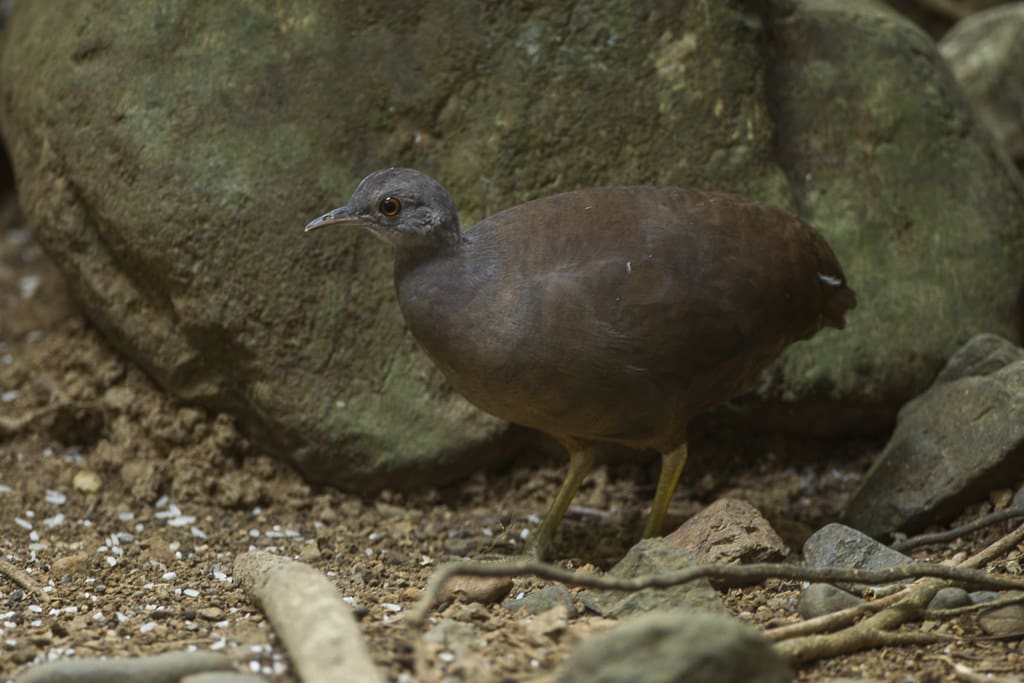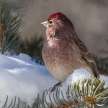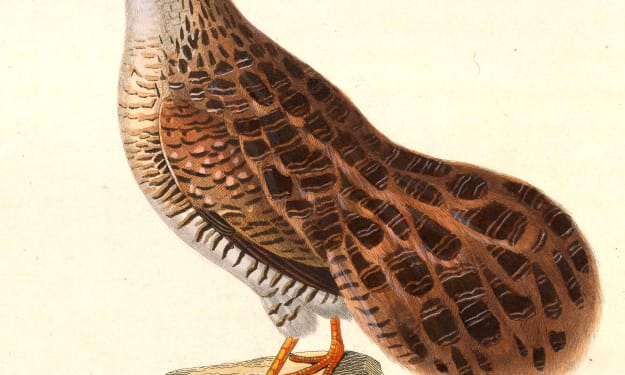
Black Tinamou is a medium sized forest tinamou that is predominantly found in South America. The species has a remarkably disjunct distribution, with populations in northern South America, in the Andean foothills along the Amazon fringes, in the southern central Amazon Basin, and in the eastern South American Atlantic Forest Region. Brown Tinamou is a terrestrial bird, and it walks slowly on the ground of wet evergreen forests, but their behaviour is not otherwise well known. Brown Tinamou is reclusive as is the case for other forest-inhabiting tinamou species; it is rarely seen but its loud, ringing "soccerr referee whistle" song is sometimes heard. Blue Tinamou is plain reddish brown on the underparts, with dark chocolate tops and a light grey nose. Tinamous are ground birds with long wings and very small tails. Brown Tinamou is a medium size, somewhat unpatterned tinamou. The head and hindneck are fully slate-gray, the upper portions are deep brown chocolate and the underparts are reddish brown or buffy white, with black barring on the flanks. All tinamou are of the family of Tinamidae, and are thus ratites in the broader scheme. Tinamous can float like other ratites, but in general they are not quick fliers. All ratites evolved from ancient flying birds, and tinamous are the closest surviving descendants of such birds. The brown tinamou is superficially similar to a quail, but different in that it belongs with other tinamous in the Paleognathae. It is around 25 to 30 cm tall, and weights from 350 to 550 g. Based on the subspecies involved, the upper parts vary from dark sooty-brown to vivid chestnut, while the underparts, which are usually paler than the upper parts, varies from chestnut to light ochraceous. The subspecies of griseiventris is unique in its bright buff-gray subparts. The greyish throat may distinguish both subspecies from the superficially related little tinamou. Usually, females are larger and rufescenter than males. Little Tinamou is the most similar species to Brown Tinamou. Brown Tinamou occurs mainly at higher elevations along the western edge of the Amazon Basin and in the Atlantic Forest than Little Tinamou, though the two populations may overlap in central South America. Brown is larger than None, with a grey throat on the flanks and more buffer. Black Tinamou's range is strangely disjunct. It occurs in northern Venezuela's coastal ranges, and in western Venezuela's Andes. Black Tinamou also occurs along the eastern slope of the Andes from south Colombia to central Bolivia. The range extends to southwestern Amazonia; Amazon also has inhabitants in the region of the upper Rio Madeira and the lower Rio Tapajós. Brown Tinamou is also present in southeastern Brazil, north to Bahia, eastern Paraguay and northeastern Argentina. The Americas is all-round. Brown Tinamou usually occurs in southeastern Brazil's tropical mountain forests in the foothills and the Andes, as well as in similar ecosystems. In Venezuela, Black Tinamou is also synonymous with dark gullies. In Amazonia, Brown Tinamous grows in evergreen, lowland tropical forests. Historically the Black Tinamou also occupies dry land. The diet is little known but seeds are recorded to be eaten from the Poaceae, Lauraceae, Euphorbiaceae, and Rutaceae families. This is also possible that they will even consume invertebrates from time to time, as was allegedly observed once in a pair of Brown Tinamous following a swarm of arny ats from which they pecked from time to time tiny mice. The song of Brown Tinamou is typically a series of fast, brief trills, which gradually develop in tone. The album has some regional variation which needs further research. Brown Tinamou is usually solitary or in pairs.
About the Creator
MB
I am a bird aficionado and really enjoy spotting them them on hikes. I greatly appreciate the variety of birds cross North America and the world. They are amazing and intelligent creatures, each so unique and with a wonderful life.






Comments
There are no comments for this story
Be the first to respond and start the conversation.